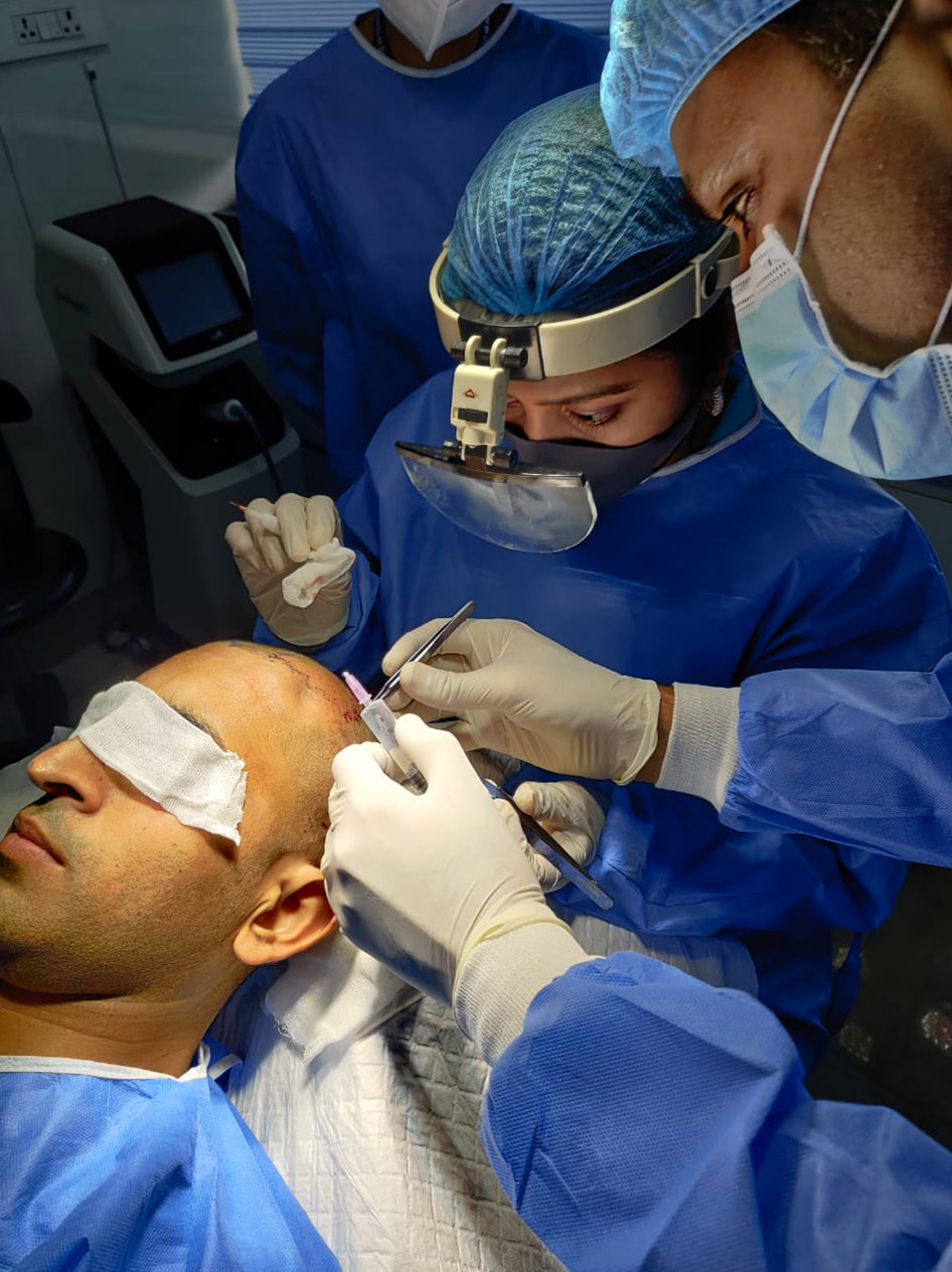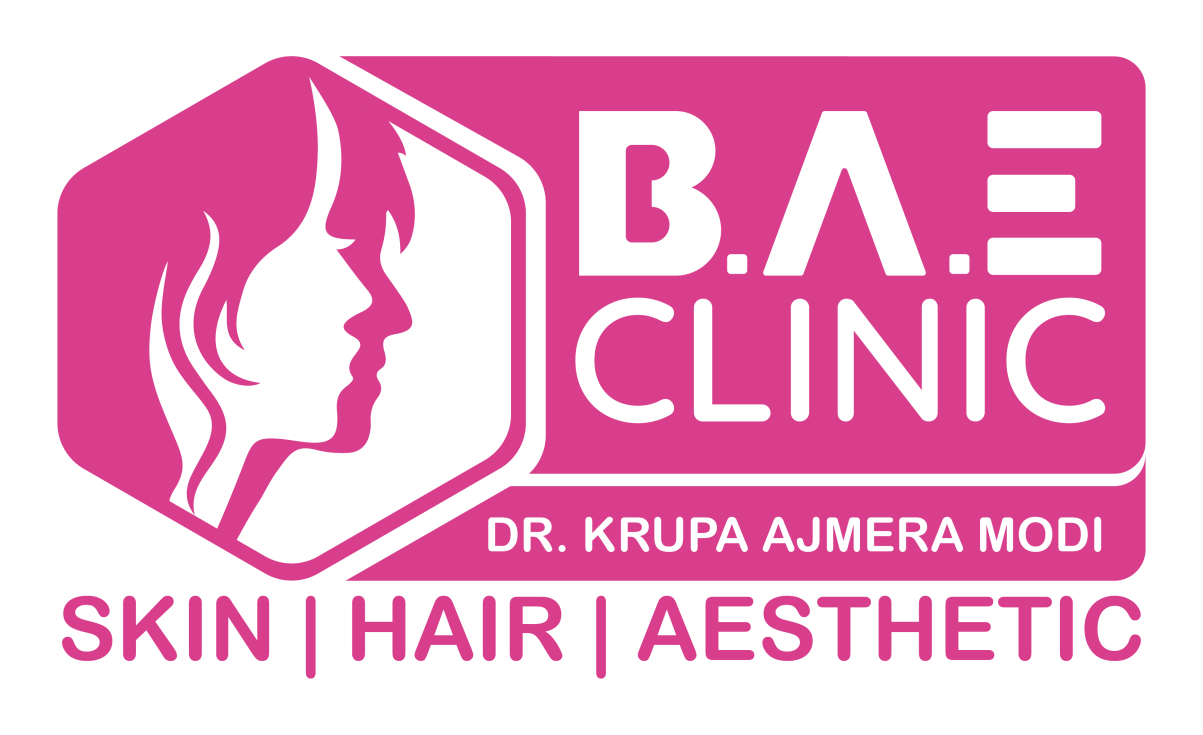
Vaginal Rejuvenation
Vaginal rejuvenation is a method to reshape the outer and inner lips of the vagina. It is a combination of vaginoplasty, tightening of the vagina and labiaplasty or vulvoplasty, reshaping the labia or vulva. Childbirth, multiple pregnancies, and age may contribute to the formation of excess skin that can make it difficult to maintain hygiene. Vaginal rejuvenation eliminates the excess skin, gives a natural youthful shape, and ultimately boosts the confidence of the person.
Condition Treated
People consider vaginal rejuvenation when:
-
The shape of the vaginal structures has been altered or stretched over a period of time.
-
The effect of multiple vaginal deliveries which leads to the loss of sensation during sexual intercourse.
-
The soreness and pain experienced during sex, horse ride, while riding a bicycle or physical exertion.
-
The vaginal structures sag due to weight loss, age and pregnancies.
Types of Vaginal Rejuvenation
Depending on the method used, vaginal rejuvenation may be performed as an open surgery or as a minimally invasive procedure. The most common surgeries are:

Labiaplasty
This surgery may be an option if you’ve experienced pain from twisting and tugging of the labia, itching, irritation, or other symptoms. The goal of this procedure is to reduce the labia minora and remove extra tissue.

Labia Majoraplasty
This procedure is designed to reduce the size of the outer, hair-bearing labia majora and is for patients who feel their labia majora are too large. During the surgery, the surgeon removes two slight crescents of skim from the inner portion of each labium.
Frequently Asked Questions
What are the risks of Vaginal Rejuvenation?
While the success rates for vaginal rejuvenation are very high, generally around 90%, there are certain risks associated with vaginal rejuvenation procedures. These risks may include:
- Bleeding
- Hematoma, a solid swelling of clotted blood within the tissues
- Infection
- Scarring
- Under-resection
- Over-resection
If you feel you experience any of these symptoms after the surgery, contact your doctor immediately.
